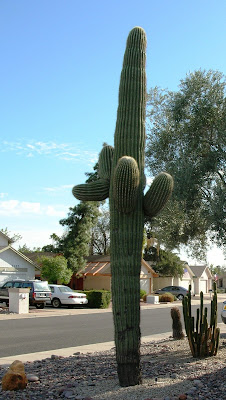Category Archives: travel
Langdon Family Reunion – Sweet Home, Oregon
On Friday, August 21, my parents and I headed to Oregon. This was the second trip to Oregon for my Mom and I in the month of August. Our destination was a family reunion in Sweet Home, Oregon.
Of course no road trip would be complete without a shopping stop. We stopped to stretch our legs and do a little looking at the Outlet Mall in Woodburn, Oregon. Lucky for us this mall is visible from I-5 and so handy to get to. http://www.woodburncompanystores.com/index.html
 The flowers at this mall were gorgeous. This pink “tree” was actually cleverly arranged petunias.
The flowers at this mall were gorgeous. This pink “tree” was actually cleverly arranged petunias.And of course no trip would be complete without a visit to the local quilt shop. We spied a sign that said “fabric” on the way to the reunion on Saturday morning. Since we had some time, we made a stop. This is a picture of Seamingly Creative, 1245 Main St., Sweet Home, Oregon 97386. If you are in the neighbourhood, I would encourage you to stop by.
We had a great time at the reunion. This was my first time meeting my Langdon relatives. I hope this will be only the first of many more opportunities to get together with this branch of the family tree.
Vacation – Part 10
The morning of Day 6 we headed out for a guided city tour of Phoenix, Scottsdale, and Tempe. One of the stops along our guided tour was at Echo Canyon Park on Cambelback Mountain. I don’t have any distance shots of this mountain, but Camelback Mountain was named because it looks the the 2 humps and head of a bactrian camel.
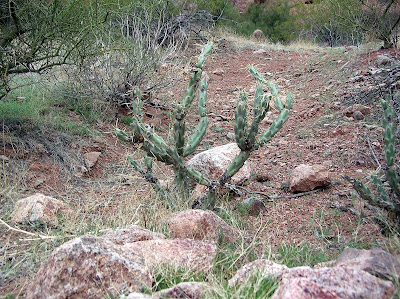 This is another of the many cacti species that we saw in the park.
This is another of the many cacti species that we saw in the park.
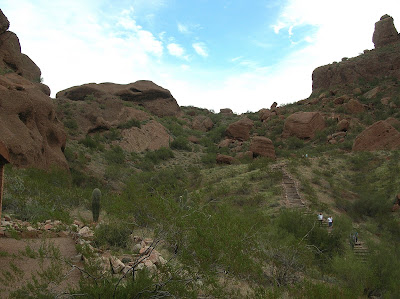
 The red rocks of Camelback Mountain give the landscape a moon-like appearance.
The red rocks of Camelback Mountain give the landscape a moon-like appearance.
 After the remainder of the city tour of Tempe and Phoenix, we stopped at Old Towne Scottsdale.
After the remainder of the city tour of Tempe and Phoenix, we stopped at Old Towne Scottsdale.
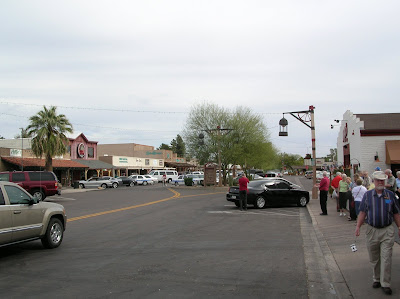 We enjoyed walking up and down the streets and browsing in many of the shops and galleries.
We enjoyed walking up and down the streets and browsing in many of the shops and galleries.
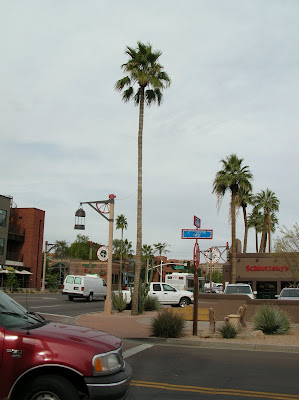
 Many of the boulevards and street corners are landscaped with the most interesting varieties of cacti.
Many of the boulevards and street corners are landscaped with the most interesting varieties of cacti.

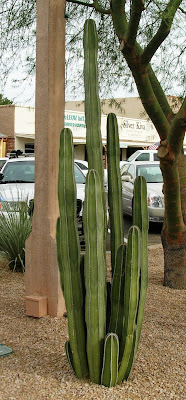


Vacation – Part 10
The morning of Day 6 we headed out for a guided city tour of Phoenix, Scottsdale, and Tempe. One of the stops along our guided tour was at Echo Canyon Park on Cambelback Mountain. I don’t have any distance shots of this mountain, but Camelback Mountain was named because it looks the the 2 humps and head of a bactrian camel.
 This is another of the many cacti species that we saw in the park.
This is another of the many cacti species that we saw in the park.

 The red rocks of Camelback Mountain give the landscape a moon-like appearance.
The red rocks of Camelback Mountain give the landscape a moon-like appearance.
 After the remainder of the city tour of Tempe and Phoenix, we stopped at Old Towne Scottsdale.
After the remainder of the city tour of Tempe and Phoenix, we stopped at Old Towne Scottsdale.
 We enjoyed walking up and down the streets and browsing in many of the shops and galleries.
We enjoyed walking up and down the streets and browsing in many of the shops and galleries.

 Many of the boulevards and street corners are landscaped with the most interesting varieties of cacti.
Many of the boulevards and street corners are landscaped with the most interesting varieties of cacti.




Vacation – Part 9
